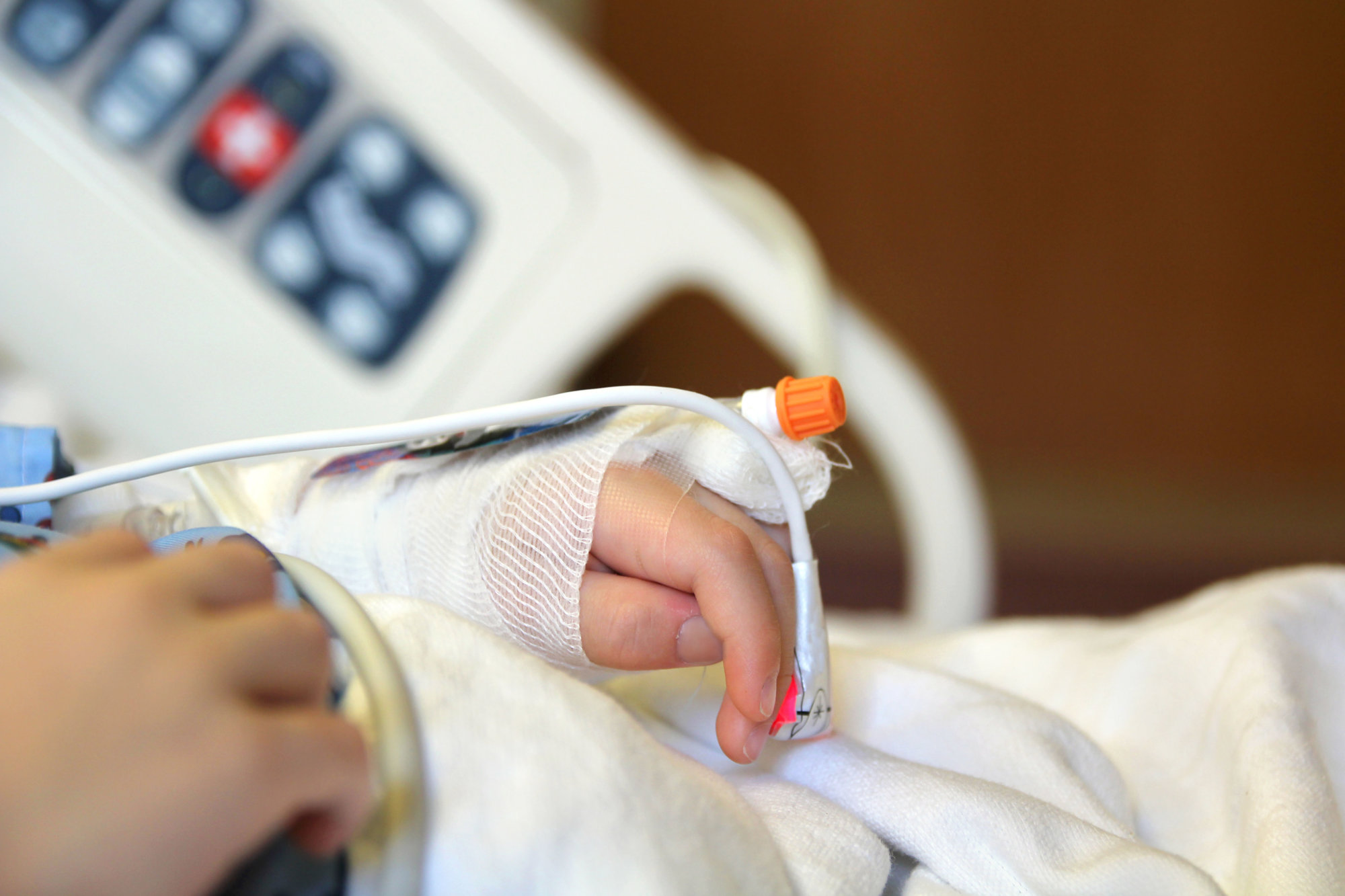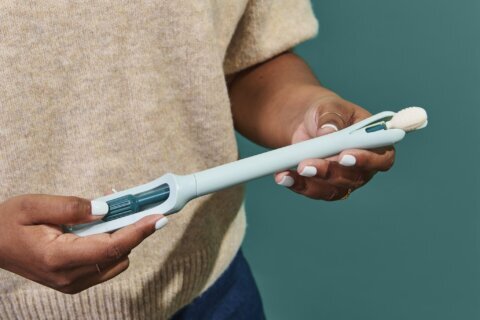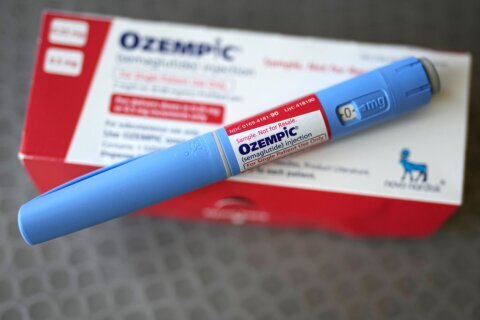
Kids are notorious for having colds, sore throats and ear infections — it’s just part of growing up and a sign that their bodies are busy building the immunities they’ll need later in life. Although we’re born with a fairly robust system for fending off infections — the immune system — it isn’t fully developed in the beginning. It’s normal for kids to have sore throats and runny noses from time to time, but when these sorts of problems become too frequent or severe, it might be time to have a good look at what’s going on with your child’s tonsils and adenoids.
“Tonsils and adenoids are different, but they’re both glandular tissue that’s in the back of the throat,” says Dr. Jean S. Moorjani, a pediatric hospitalist at Arnold Palmer Hospital for Children in Orlando. She says these structures, which are part of the immune system, “house cells that your body produces to fight infection.” The tonsils sit at the back of the throat and are visible by looking into the mouth, especially if they’re swollen or inflamed. You can’t see the adenoids without special equipment, because they’re tucked up higher behind the nose.
[See: Top Reasons Kids End Up in the Hospital.]
Dr. Charles A. Elmaraghy, chief of otolaryngology at Nationwide Children’s Hospital in Columbus, Ohio, says these structures are “strategically located in your upper airway where you encounter a lot of viruses and pathogens,” by breathing in airborne germs or taking in a virus or bacteria by mouth. Children are especially prone to putting objects and their fingers in their mouth, but that can introduce infection-causing agents. The tonsils and adenoids are designed to protect children from these pathogens.
These glands become less important to our overall health with time, says Dr. David Chi, chief of the division of pediatric otolaryngology UPMC Children’s Hospital of Pittsburgh, noting that they tend to shrink “as we age and play less of role as we enter the teenage years. Other elements of the immune system take up the slack and the tonsils and adenoids have less of a role.” This is all part of the normal maturation of the immune system (and also why it’s generally considered safe to remove these structures when they become problematic).
But when we’re still young, because of this direct contact with a variety of pathogens, some children may develop frequent tonsillitis, sore throats, a runny nose, strep throat and other symptoms. These infections can lead to the enlargement of the tonsils and adenoids, and when they get too big, that can lead to obstruction. Surgical intervention may be the right answer for some children.
Chi says that in about 80 percent of cases where the tonsils or adenoids are removed, the reason for surgery is because they are obstructing breathing or swallowing. This obstruction is often worse at night while the child is sleeping, leading to sleep apnea, snoring, sometimes even bed-wetting. “The other 20 percent of time, tonsils and adenoids are removed because the child is getting repeated throat infections or repeat tonsillitis.” Frequent cases of strep throat that doesn’t respond to antibiotics, in particular, can signal it’s time to discuss removal of the tonsils or adenoids.
The American Academy of Otolaryngology — Head and Neck Surgery Foundation reports that more than 530,000 tonsillectomies and adenoidectomies are performed on children younger than 15 in the United States each year, making them one of the most common surgical procedures children undergo. Patients typically range in age from about 1 to 18, and while it can be a good solution to certain problems, these procedures shouldn’t be considered minor.
“The common misconception of tonsils and adenoids is that it’s a very minor surgery,” Elmaraghy says. “I would say that specifically, tonsillectomy is not a minor surgery. It’s a common surgery, but it’s not a minor surgery.” He says this designation is “based on possible complications and difficulty of recovery,” and recovery from a tonsillectomy can be challenging.
Although tonsillectomies and adenoidectomies can be performed on an outpatient basis, if your child has complications, you’ll want to have the option of an overnight stay. In addition, if your child has sleep apnea, then an overnight stay is considered the standard of care so the patient can be monitored. For that reason and because complications could arise, you want access to doctors who are skilled in treating children, Elmaraghy says. Look for “a comprehensive center that can care for a child from start to finish and that can take care of a child whether it’s an easy course or complicated postoperative course.”
If your family physician or pediatrician recommends surgery to remove your child’s tonsils or adenoids (the surgeries are often performed together but some children only need one or the other) it’s also important to seek out a doctor who has specialized experience with both the complex ear, nose and throat system and children.
“The first person I would recommend is a pediatric ear, nose and throat doctor,” Moorjani says. These specialists have advanced training in helping kids with these specific issues. However, Elmaraghy says a “general otolaryngologist who’s experienced in working with children” would also be a “reasonable option.”
[See: 10 Concerns Parents Have About Their Kids’ Health.]
There are lots of other questions you should and will ask any surgeon you’re meeting with as you consider surgery for your child, but these seven should definitely be on your list.














More from U.S. News
9 Ways to Boost Your Immune System
10 Concerns Parents Have About Their Kids’ Health
Top Reasons Children End Up in the Hospital
7 Questions to Ask When Your Child Needs a Tonsillectomy or Adenoidectomy originally appeared on usnews.com







